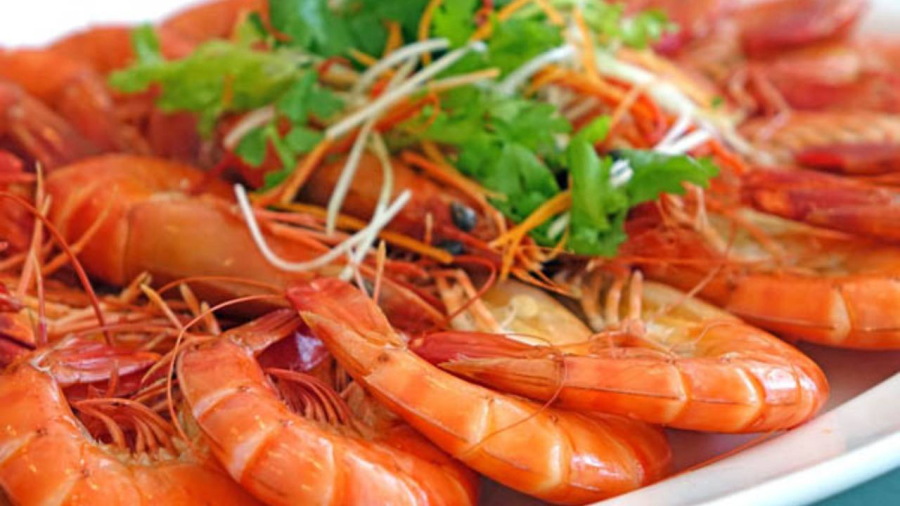Shrimp is a low-calorie food that packs a punch when it comes to nutrition, according to dietary experts. With just a 113.3-gram serving of shrimp, you can meet 100% of your daily selenium needs, as well as 50% of your phosphorus, 30% of your vitamin B12, choline, copper, and iodine requirements.
Shrimp is not only delicious but also nutritious and easy to digest, making it a great way to boost your immune system and a suitable dish for both the elderly and children.

The Art of Boiling Shrimp: Not Everyone Gets it Right
**How to Select the Best Shrimp**
– Check for freshness: Gently pull on the shrimp’s body and observe the gap between the shell joints and the meat. If the joints are wide, the shrimp is not fresh. Tighter joints indicate fresher shrimp.
– Inspect the shrimp: Fresh shrimp will have a slightly curved body and firm, taut flesh. Avoid shrimp that are unusually large and thick, as they may have been soaked in chemicals.
– Legs: The legs should be firmly attached to the body and free of any black discoloration.
– Shell: Go for shrimp with flexible, intact shells, and heads firmly attached to the body. Avoid shrimp that feel slimy or grainy to the touch.
**The Great Debate: Boiling Shrimp in Cold or Hot Water?**
Boiling is one of the most popular and straightforward methods of cooking shrimp. Boiled shrimp retain their natural flavor, tenderness, and nutritional value, making them a favorite among health-conscious eaters. However, achieving the perfect boil can be tricky.
According to expert chefs, the key is not to plunge the shrimp into cold or boiling water at the outset. Starting with cold water will prolong the cooking time, resulting in tough, chewy shrimp. On the other hand, dumping them into boiling water will cause the shells to contract and trap that undesirable fishy odor. The sweet spot lies in adding the shrimp to the pot when the water starts to bubble.
**A Step-by-Step Guide to Boiling Shrimp to Perfection**
– Preparation: Clean the shrimp, trim the whiskers, but keep the heads intact to preserve their sweetness. Marinate them in a bowl with a splash of white wine and a few slices of ginger for 15-20 minutes to neutralize any fishy smell.
– Boiling: Bring water to a rolling boil with a few slices of ginger and scallion. As the water begins to bubble, gently lower the shrimp into the pot. Leave the lid off to allow the odor to dissipate.
– Retrieval: The shrimp should be done after about 3 minutes of boiling. Once they’re cooked, scoop them out and plunge them into a bowl of cooled, pre-boiled water to firm up the flesh and enhance their appearance.
With these tips in hand, you’re all set to prepare a mouthwatering and nutritious boiled shrimp dish for your family.






























